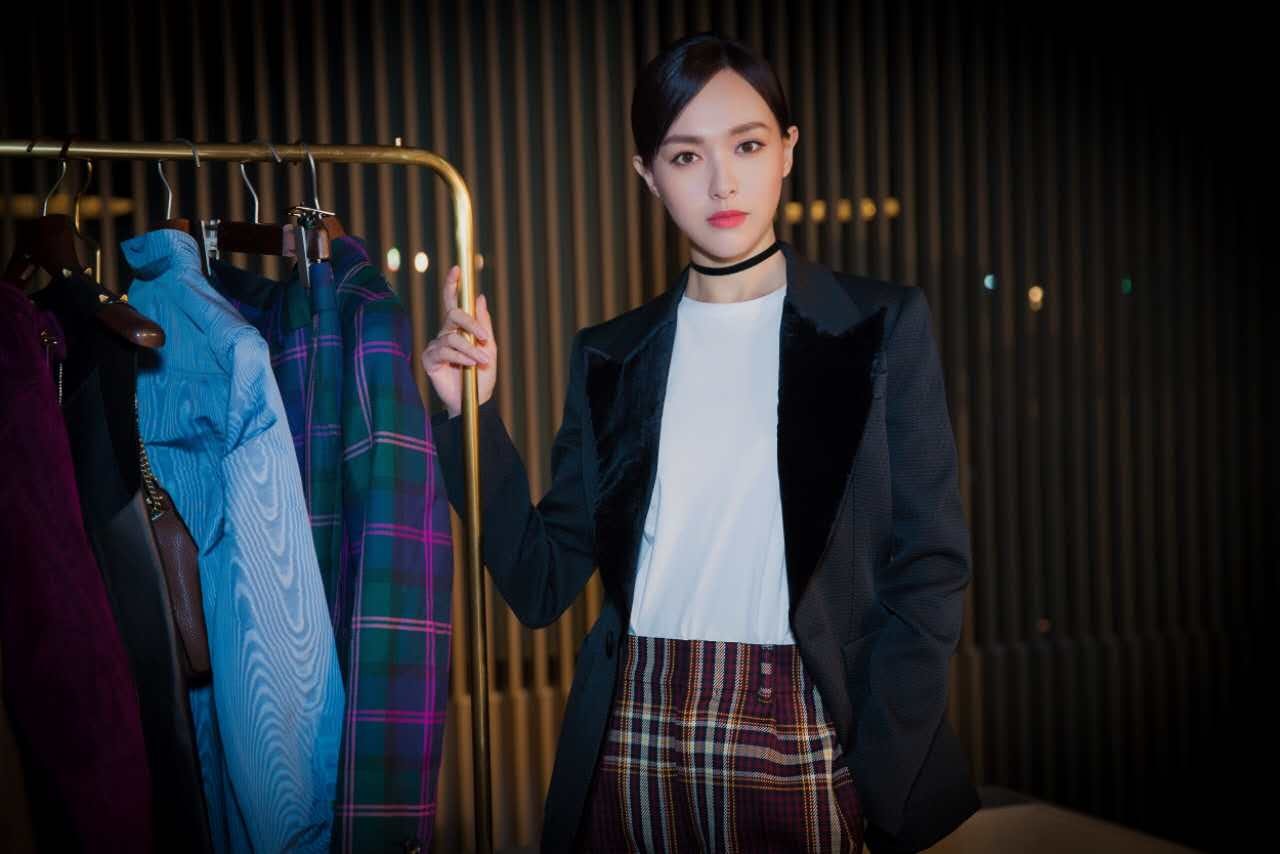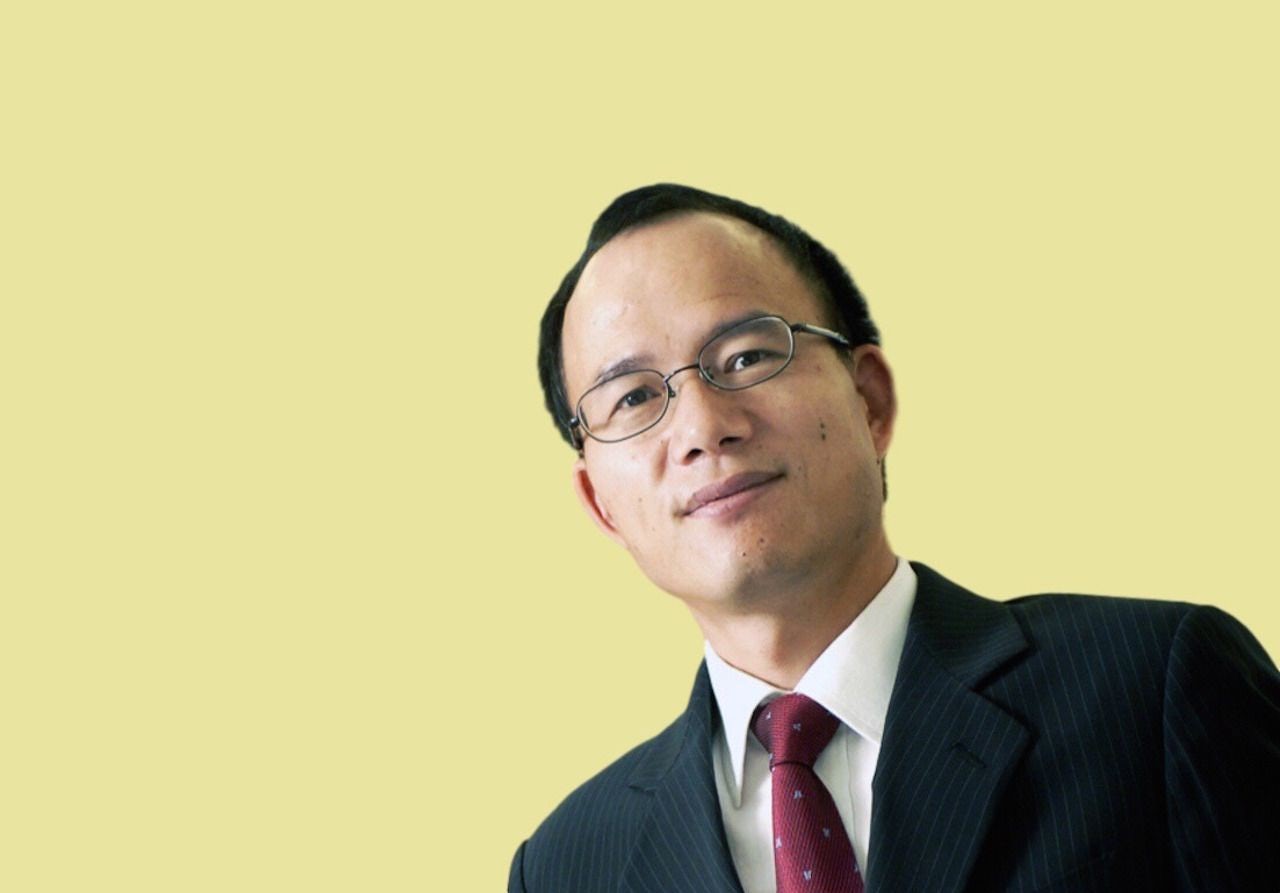Since JAB Holding Company put its luxury brand Bally on the market in April, there has been much speculation about who the potential buyers could be. According to Chinese media company Caixin, there's much interest in the Swiss brand Bally from buyers in China. And it appears, from recent interviews with the brand's CEO Frédéric de Narp, that the company is laying a foundation there.
De Narp told Caixin that the company is creating an information memorandum to be finished in the next few weeks and given to possible investors, after which it will begin taking bids.
China accounts for more than 20 percent of sales globally and it’s now the single largest market, said de Narp. Bally recently announced the appointment of actress Tang Yan, better known by her English name, Tiffany Tang, as its first Asia-Pacific spokesperson. In choosing a fresh young celebrity to be the face of the brand in China, the company revealed its ambition to grow the market for Asian millennials.
More brick-and-mortar stores in larger cities in China are in store, according to de Narp, and existing stores will be furnished with WeChat Pay (Alipay is already implemented in Bally outlet stores). Though the brand is not in a hurry to set up stores on Tmall or JD.
“People are questioning the authenticity of the products in marketplaces in general," said de Narp. "We want to guarantee 100% that our products are authentic and of the highest quality and best service."
The brand’s own China e-commerce site went live in June. On that platform, Chinese consumers can pay via Alipay. Bally is also in the process of setting up a WeChat boutique. “Our next goal is to enable omni-channel retail," de Narp told Chinese local fashion media Ladymax in a recent interview, "and adjust global retail stock to make sure we can create a seamless shopping experience for the consumers.”
De Narp also told Ladymax that while most of the brand’s consumers are male, the brand plans to shift its focus back to Chinese female consumers and fully embrace the opportunities and challenges among this demographic.


